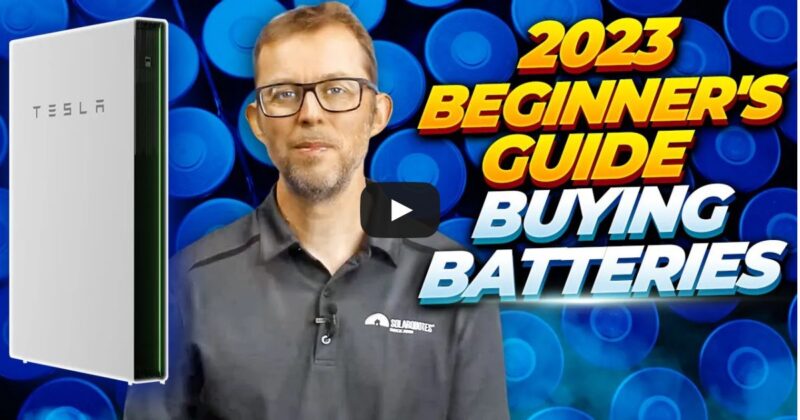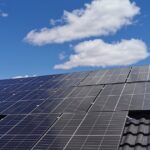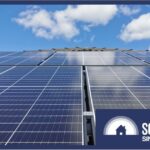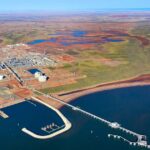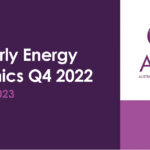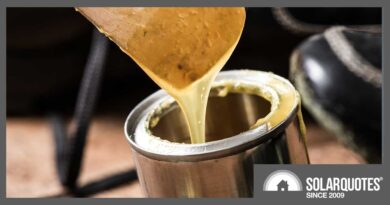Rooftop Solar Trounced Gas Power In Australia In 2021
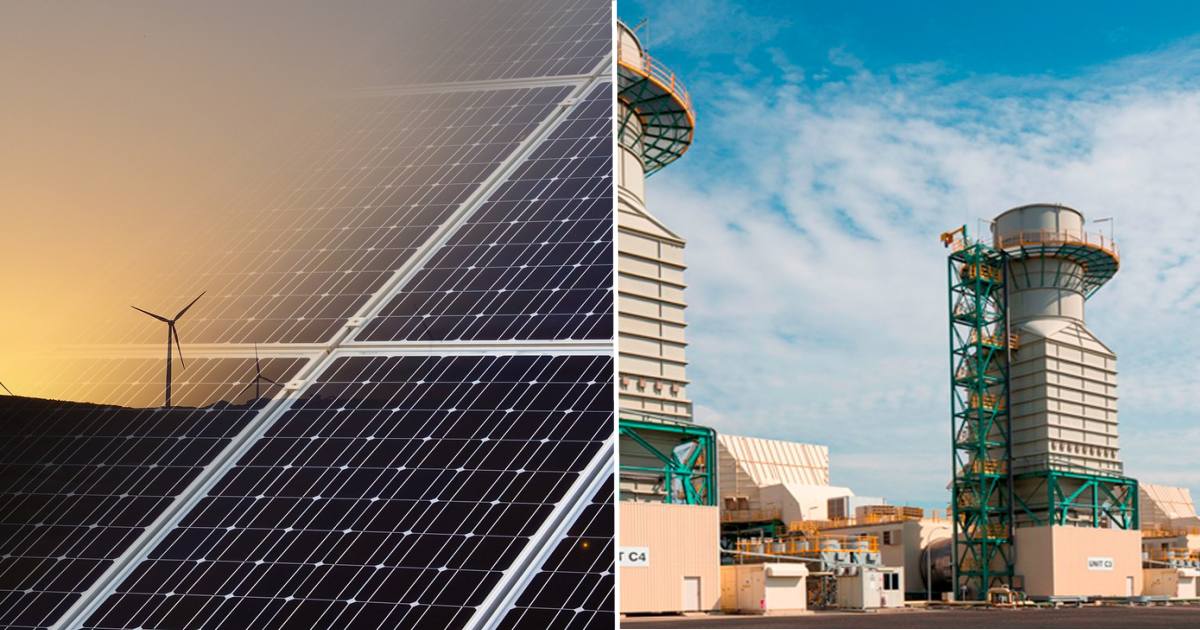

Gas-fired electricity generation fell again across Australia last year – down to its lowest level in more than 15 years – while the renewables juggernaut rumbled on.
The Morrison Government’s desire for a “gas-led recovery” seems increasingly out of whack with reality given what’s actually happening in the National Electricity Market (NEM).
The Climate Council notes renewables contributed five times more electricity to the NEM than gas in 2021. Its assessment is based on OpenNEM data.
| State | Renewables – 2021 | Gas – 2021 |
| National Electricity Market | 31.4% | 5.7% |
| Tasmania | 99.9% | 0.1% |
| South Australia | 65.7% | 33.5% |
| Victoria | 31.6% | 1.8% |
| New South Wales | 24.6% | 1.5% |
| Queensland | 18.5% | 8.7% |
| Western Australia (SWIS – non-NEM) |
32.2% | 29.8% |
Rooftop Solar Beats Gas
Among the various renewable energy technologies, rooftop solar is playing an increasing role in not just directly powering Australian homes with solar panels installed, but also in contributions to the NEM in the form of exports. In 2021, rooftop solar energy’s contribution to NEM demand reached 7.9%, up from 6.4% in 2020 and 5.2% in 2019.
Looking at 2022 so far, rooftop solar has contributed 10.4% (this time of the year is particularly favourable for PV), while renewable energy overall, 34%.
Renewables provide the important benefits of zero emissions electricity generation and have created a bunch of jobs across Australia, but there has also been benefit for the household hip pocket regardless of whether a home has a solar power system installed or not.
“Electricity is now the cheapest it has been in almost a decade and we have solar and wind to thank for that,” said Climate Council Senior Researcher, Tim Baxter. “Let’s be clear, this record has nothing to do with the federal government, which has been missing in action and leaving all of the heavy-lifting to the states and territories.”
Kurri Kurri Gas Plant Cops It
On a related note, the Climate Council (and many others) have been scathing of the Morrison Government’s intention to spend up to $600 million of public money on the 660 MW gas-fired Kurri Kurri power station in NSW’s Hunter region, saying it will increase electricity prices for households and businesses, not lower them.
“As renewable energy and storage technologies become cheaper by the day, this short-sighted investment in a new gas-fired power station, built with taxpayer money, makes no sense from an energy or economic perspective, and will likely end up as a stranded asset,” said Climate Councillor Dr Madeline Taylor earlier this week.
Federal Minister for Industry, Energy and Emissions Reduction Angus Taylor disagrees, saying Kurri Kurri “stacks up”. Minister Taylor also noted the gas-burner will be “able to incorporate hydrogen once it becomes commercially viable”.
… and what if it doesn’t? And what kind of hydrogen is Minister Taylor talking here – grey, blue or green? Grey and blue hydrogen are produced using gas or coal – that would be ironic.
Even Labor has signalled support if the plant is powered by 30% green hydrogen when Kurri Kurri becomes operational, 50% by 2025 and 100% by 2030.
This is a $600 million bet being made with someone else’s money. If green hydrogen doesn’t become commercially viable for electricity generation at such a scale, it’s not as though the plant will be shuttered.
Strange days indeed.
Original Source: https://www.solarquotes.com.au/blog/renewables-gas-australia-mb2351/


